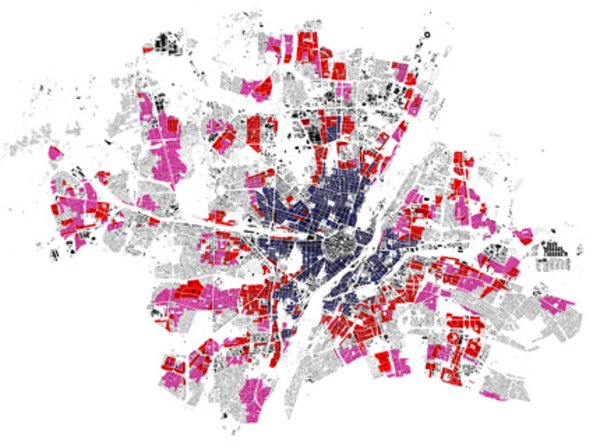
Long-term residential development Munich
Strategic assessments on behalf of the state capital Munich
The Munich region, together with a limited number of other urban regions such as Stuttgart or Hamburg, is an exception in German regional and urban development. In contrast to the general trend, the future promises a continuing influx and thus ongoing population growth. The demand for residential space will continue to rise which will keep the pressure on the housing market at a high level. In addition to that, publicly subsidized housing will become even more important in the future, if the trend of growing social polarization and differentiation of the past 20 years continues. A balanced communal housing policy will be the highest priority. Publicly subsidized housing requires large cohesive areas of land to permit the construction of significant volumes of publicly funded developments. However, the reserves of such larger areas for urban development (based on the current land use with integrated landscape plans) will decrease drastically in the coming years. In the past two decades, Munich's urban development has benefited from a fundamental structural change of use resulting from a historic one-time re-zoning of land in well-established city locations. Railway, barracks, industrial and transport areas of around 650 ha could thus be used for new purposes, in particular residential construction, in a period of great growth. Such areas are now, however, largely used up. (Source: City of Munich)